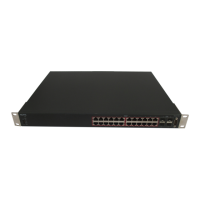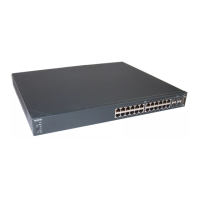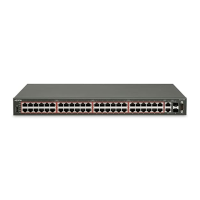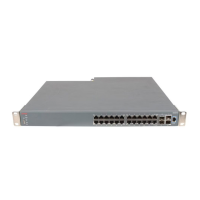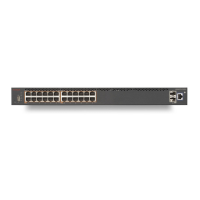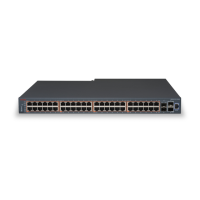Port mirroring
With port
mirroring, also referred to as conversation steering, you can designate a single switch
port as a traffic monitor for a specified port.
You can specify port-based mirroring for ingress and egress at a specific port, or address based
mirroring, either source or destination. You also can attach a probe device, such as an Avaya
StackProbe*, or equivalent, to the designated monitor port.
For more information about port mirroring, see Avaya Ethernet Routing Switch 4500 Series
Configuration — System Monitoring, (NN47205-502).
Important:
Use ACLI to configure port mirroring.
Auto-MDI/X
The term auto-MDI/X refers to automatic detection of transmit and receive twisted pairs.
When auto-MDI/X
is active, any straight or crossover category 5 cable can provide connection
to a port. If autonegotiation is disabled, auto-MDI/X is not active.
Auto-polarity
Auto-polarity refers to the ability of the port to compensate for positive and negative signals
being reversed on the receive cables.
With autonegotiation
enabled, auto-polarity automatically reverses the polarity of a pair of pins
from positive to negative or negative to positive. This corrects the polarity of the received data,
if the port detects that the polarity of the data is reversed due to a wiring error. If autonegotiation
is disabled, auto-polarity is not active.
Time Domain Reflectometer
The T
ime Domain Reflectometer (TDR), is used to test Ethernet cables connected to switch
ports for defects (such as short pin and pin open), and display the results.
Port mirroring
Configuration — System April 2011 41

